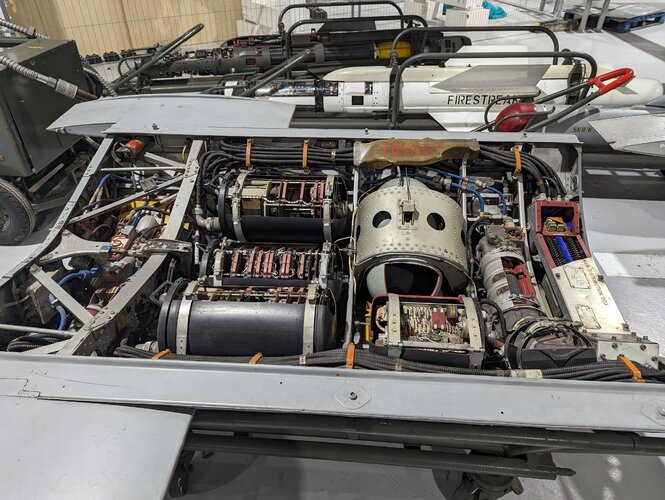NOMISYRRUC
ACCESS: Top Secret
- Joined
- 28 September 2008
- Messages
- 2,327
- Reaction score
- 3,734
Fair enough.The Hunters had already been paid for . . .
Why is who paid for the 160-odd Hunter F.6s that were converted to FGA.9s & FR.10s for the RAF relevant to this topic?. . . by the Americans . . .
That they were existing aircraft that had already been paid for is extremely relevant as the cost of converting them was probably a lot less than buying new aircraft.
But I don't understand why it's important that they were originally paid for by the Americans and not the British, because as far as I know the conversions of these aircraft to FGA.9 & FR.10 standard were paid for by the British taxpayer.
Fair enough.. . . and the conversions were relatively straightforward.

